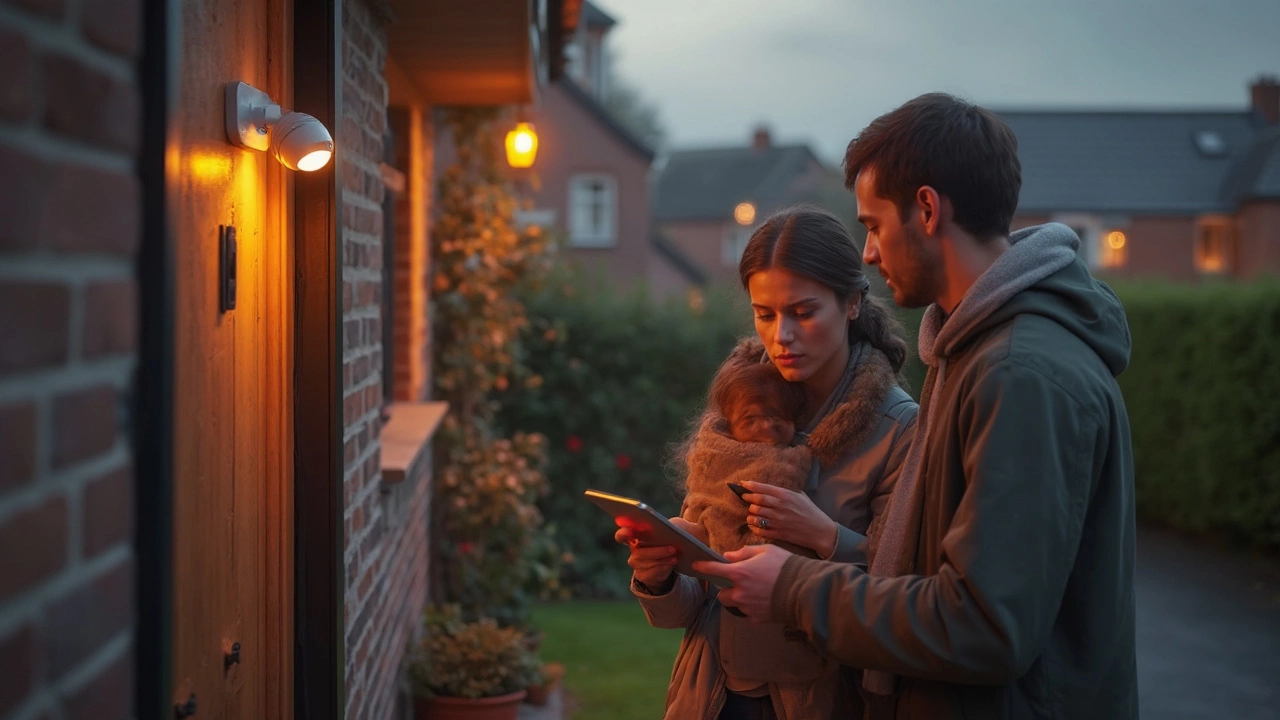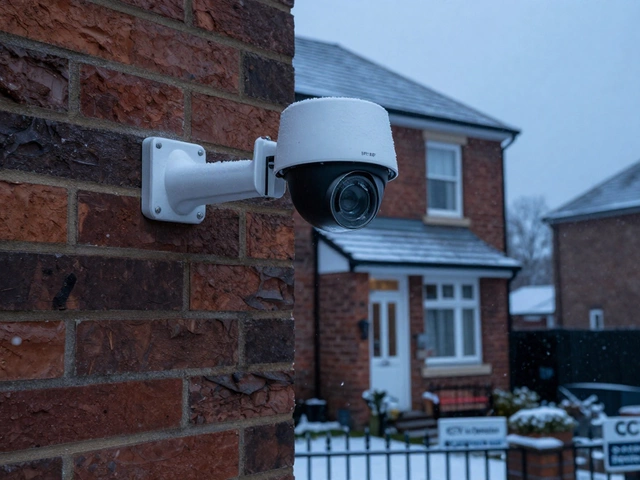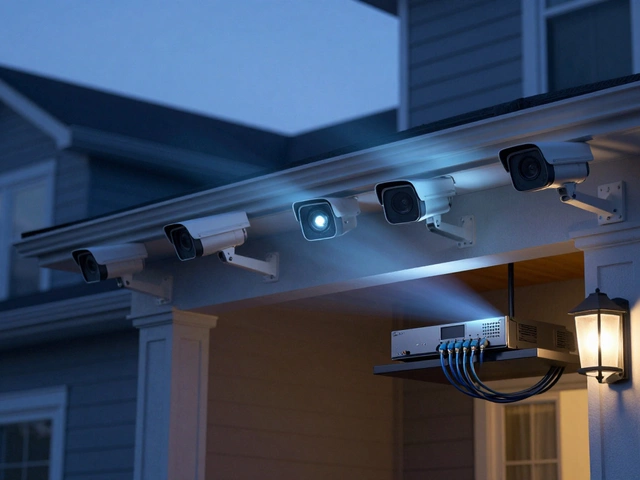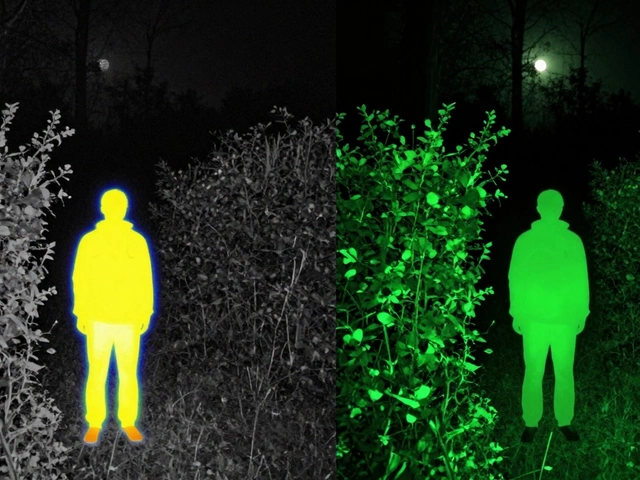Ever wondered if Blink cameras watch your home every second of the day? The short answer: nope, they don’t record nonstop. Instead, Blink cameras use motion detection to start recording only when something actually happens in view. That’s why you don’t have endless hours of empty footage to scroll through later.
This setup is pretty handy for battery life. Since Blink cameras skip the boring stuff, their batteries can last for months, sometimes even up to two years. It’s all about efficiency, but it does mean you won’t get 24/7 video history like you might with some pricier wired systems. If someone walks into view, the camera jumps into action and saves a short clip—usually between 5 and 60 seconds, depending on your settings. After that, the camera takes a short break, called a “retrigger time,” before it can pick up motion again.
So, if you need a camera that records literally everything from start to finish, Blink may not be your best bet. But if you’re after a simple way to keep an eye on real movement, this system nails the basics without draining your Wi-Fi—or your patience scrolling through empty footage.
- How Blink Recording Works
- Limitations and Storage
- Comparing Blink to Other Cameras
- Tips for Better Security Coverage
How Blink Recording Works
So, here’s the real scoop on how Blink cameras record. These cameras don’t just sit there burning through battery and Wi-Fi by recording 24/7. Instead, Blink uses built-in motion sensors called PIR (passive infrared). When the camera senses movement—like a car pulling in, a delivery, or your dog in the backyard—it wakes up and records a clip.
You can fine-tune what counts as “motion” in the Blink app. Maybe you only care about people but not tree branches waving around. The camera starts recording as soon as it detects something’s up, then will keep going for a video length you choose, anywhere from 5 seconds to a full minute. After it saves that video, there’s a cool-down called retrigger time—usually about 10 seconds—before it can catch the next action.
Blink cameras work either on batteries or plugged in. If you use batteries, the system is set up to stretch that battery life as much as possible—usually promising up to two years if you stick to standard settings.
- Motion-activated clips: Only saves video when something happens.
- Custom clip length: Pick your ideal recording length—short for just the facts, or longer if you want a better look.
- Retrigger time: Short pause after each clip so you don’t get endless back-to-back files eating up storage.
Here’s a quick look at standard settings people use:
| Setting | Default Value |
|---|---|
| Clip Length | 30 seconds |
| Retrigger Time | 10 seconds |
| Record on Motion | Enabled |
Unlike some home security cameras that offer continuous, around-the-clock video, Blink cameras only record what matters. This means less clutter in your timeline and way easier review if you ever need to check what happened outside your door last Tuesday.
Limitations and Storage
Let’s get real about Blink cameras and their storage—there’s not unlimited room, and that shows up in how your video clips are saved. Blink doesn't give you 24/7 recording. Instead, it only saves short motion clips, not a constant feed. So if something happens just out of sight or before the camera spots it, you could miss it.
There are two main ways Blink handles saving your video: cloud storage (which usually needs a Blink subscription) and local storage (using a USB drive with the Blink Sync Module 2). Without a subscription, cloud clips are limited to a short trial period or not available at all, depending on which Blink camera you have. Here’s a quick cheat sheet on storage differences:
| Storage Type | Subscription Needed? | Clip Retention Time |
|---|---|---|
| Cloud Storage | Yes | Up to 60 days |
| Local Storage | No | Until USB fills up |
The total number of saved clips really depends on your chosen settings—clip length, retrigger time, and the size of your USB stick or cloud limit. You don’t get unlimited video storage with Blink, which is something to think about if you expect a busy camera picking up frequent motion.
One thing you can’t do: rewind live video or watch every moment in the past. It saves only the motion dares, then clips them. As Digital Trends puts it,
"Blink cameras are designed for customers who prefer simplicity and don’t require advanced features like 24/7 video history."
If storage becomes an issue, try these tips:
- Set clips to a shorter length. Five to ten seconds often catches what you really need.
- Adjust motion sensitivity so only real action triggers the camera.
- Offload or delete old clips regularly if you’re using a USB drive for local storage.
So, while Blink cameras offer easy monitoring, they definitely have limits. If you’re someone who wants every single minute captured, you may want to check out other home security systems that support full continuous recording. But for most folks, Blink’s style is enough coverage without making storage or battery a headache.
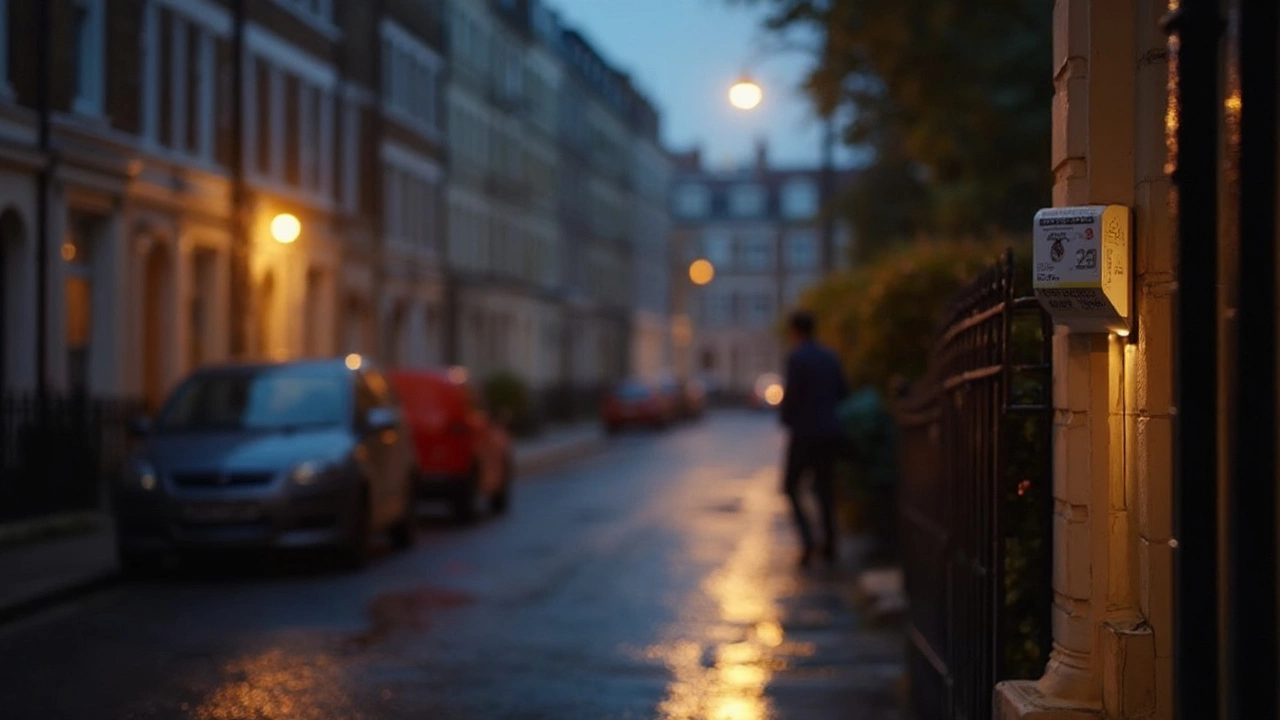
Comparing Blink to Other Cameras
When you stack Blink cameras against other popular home security devices, the differences in how they record really stand out. Blink goes all-in on motion detection clips—if nothing moves, nothing gets saved. That’s good if you don’t want to sift through hours of quiet footage, but it might not fit everyone’s needs.
Other brands like Arlo, Nest, and Ring offer options for continuous recording—meaning they can capture everything, all the time, but often with a catch. Continuous recording usually means the camera needs a constant power supply and a big chunk of cloud storage. For example, Nest Aware lets you store up to 60 days of 24/7 footage, but you'll pay a solid monthly fee and need wired cameras, not battery powered ones.
| Camera Brand | Recording Method | Battery Powered | Cloud Storage Cost |
|---|---|---|---|
| Blink | Motion-activated-only | Yes | Starts at about $3/mo per device |
| Arlo | Motion-activated & Continuous (select models) | Yes/No | Starts around $5/mo per camera |
| Nest | Motion-activated & Continuous (wired models) | No | Around $8/mo for all cameras |
| Ring | Motion-activated-only | Yes | About $4/mo per device |
Blink’s main edge is battery life, since all that motion-activated efficiency protects the batteries—which are just two AAs in most models. If you forget to run a power cable to your cam, Blink is one of your best bets. But if you absolutely need to catch every second (think babysitting pets, watching deliveries, or monitoring high-traffic areas), a system with a wired continuous recording option may be better.
The other thing to watch? Storage and subscription costs. While Blink cameras keep things affordable, their cloud storage is limited unless you pay for a subscription, and even then, you won’t get 24/7 continuous footage. Nest and Arlo’s monthly plans run higher, but you get more raw footage saved in the cloud. So if your main goal is motion alerts and catching key moments, Blink fits. If you want constant video coverage, you’ll need to look elsewhere—and pay up for that peace of mind.
Tips for Better Security Coverage
If you use Blink cameras around your house, you want them to actually catch the stuff that matters. Here’s how to cover your bases without wasting battery or missing action.
First, focus on smart placement. Aim your camera where people might walk—like your front door, driveway, or backyard gate. Avoid pointing straight at busy streets, as cars and random folks will wear out your battery with constant motion alerts (plus you’ll get tons of useless clips).
- Height matters: Around 6-8 feet off the ground works well. Too low, and anyone can reach the camera. Too high, and you’ll miss faces.
- Avoid glass: Don’t point Blink cameras through windows. Motion sensors use infrared, and glass will block or mess with them. You’ll miss a lot of real movement.
- Check your Wi-Fi strength: If the signal is weak where you install your camera, you might have drops or lagging footage. Use the Blink app’s built-in signal test to make sure it’s solid before you commit to mounting.
Next, adjust your settings right in the app. Crank up motion sensitivity if you want to catch every little thing, or turn it down to skip stuff like squirrels and passing shadows. You can also set up activity zones, which means the camera ignores certain parts of its view—like busy streets—and only pays attention to where you want it.
| Setting | What It Does |
|---|---|
| Motion Sensitivity | Controls how easily the camera triggers recording |
| Clip Length | Decides how long each video recording lasts (5-60 sec) |
| Retrigger Time | Pause between motion events (1-60 sec) |
| Activity Zones | Areas in view to include or ignore |
Don’t forget about storage limits. Free plans with Blink cameras store clips for up to 60 days (depending on your country), but if you fill up your storage, the oldest videos get deleted. Schedule regular backups if something’s important, or you’ll lose it for good.
Last tip: double up if needed. For spots where you want 100% coverage, some folks set up two Blink cameras with their viewing angles overlapping a bit. That way, if one misses something during retrigger time, the other often catches it.
With these tweaks, you’ll get way more out of your home security setup—without endless alerts or fast-draining batteries.

